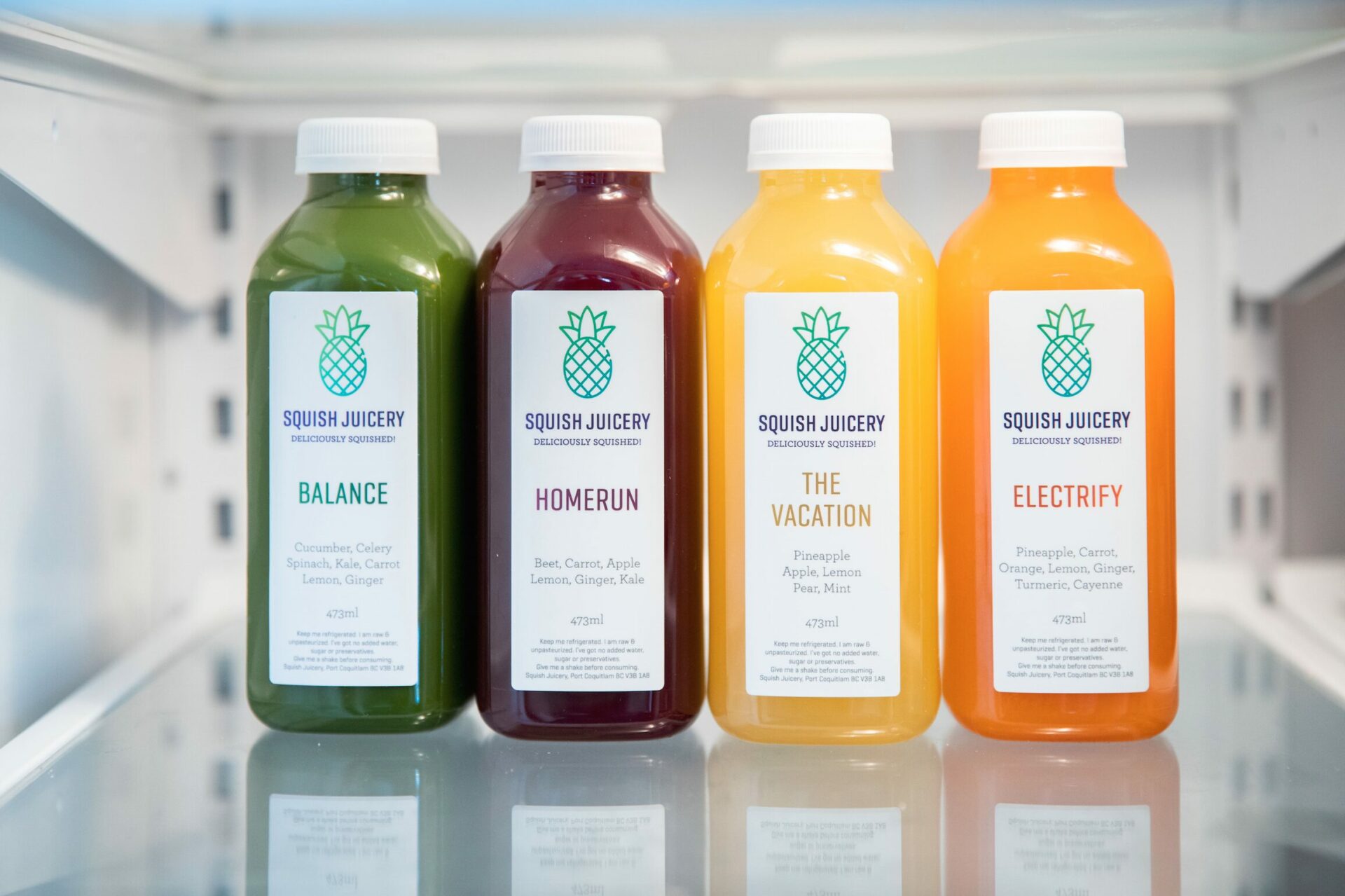
01 Oct How To Calibrate Your Monitor For Print Artwork Like The Pros: The First Step to Accurate Colors
Ever had a label design look perfect on your computer, only to print in colors that feel completely different? You’re not alone. One of the biggest culprits behind mismatched expectations is an uncalibrated monitor.
Screens are designed to look good, not necessarily to look accurate. Without calibration, what you see on-screen may be far brighter, more saturated, or slightly shifted compared to what your label will look like once printed. For brand managers and designers, that difference can mean wasted time, reprints, and frustrated teams.
The good news? With a little setup, you can calibrate your monitor to display colors more realistically—helping you design with print in mind from the start. Here are the steps our label experts would walk you through if you called us for help:
-
Why Calibration Matters for Print
- Uncalibrated monitors exaggerate vibrancy. Reds look too hot, blues too rich, blacks too deep.
- Printers use CMYK inks, not RGB light. Without calibration, you’re comparing apples to oranges.
- Every monitor is different. Even two identical models can display colors slightly differently.
Calibration ensures that your screen is showing you the closest possible match to how your labels will actually print.
-
The Basics: What You’ll Need To Calibrate Your Monitor For Print
There are two main approaches to calibration:
- Built-in software calibration: Most operating systems (MacOS, Windows) have basic calibration tools. These walk you through adjusting brightness, contrast, gamma, and color balance by eye. It’s better than nothing, but still subjective.
- Hardware calibration tools: Devices like X-Rite i1Display or Datacolor Spyder use a sensor to measure your screen’s color output and create an ICC profile. This is the gold standard for accuracy, and the best choice for professional design teams.
-
What Are The Best Practices for Monitor Calibration?
- Calibrate regularly: Once a month is ideal—monitors drift over time.
- Set brightness realistically: A monitor at max brightness will always make designs look more vivid than they’ll print. Aim for 100–120 cd/m² (a typical daylight brightness).
- Work under consistent lighting: The color of your room lighting impacts how you perceive your screen. Neutral, daylight-balanced light is best.
- Use ICC profiles: Most printers provide ICC profiles that simulate how your colors will print on specific presses or substrates. Load these into your design software for the most realistic preview.
- Check proofs against your screen: When you get a printed proof, compare it under neutral lighting to your monitor. Adjust your workflow if you see consistent differences.
-
Calibration for Teams
In B2B contexts, calibration isn’t just about one designer’s monitor. When multiple people review designs (marketing, design, QA), consistency is key. If one screen shows a bright orange and another shows a muted rust, approvals get messy.
Equipping all team members who touch label design with calibrated monitors helps ensure everyone is literally looking at the same thing.
When you calibrate consistently and pair it with good communication with your print partner, you gain confidence that the colors you approve are the colors your customers will see on the shelf.
Updated October 2025

